The weeks before you break ground on a new house feel like the minutes before a spacecraft lifts off.
There’s all this nervous anticipation for the big blast off, and all your hard work leads up to the big moment – but only if everything goes exactly according to plan.
Septic Design…Go!
GeoTech Survey…Go!
Architectural Design…Go!
Permits…Go!
Of the thirty-odd major hoops you have to jump through before you start building your house, we are down to the final two or three items. We are now only days away from seeing tangible results, when the excavator digs up the first buckets of soil.
The past two months have been a flurry of activity to get there (and we’ve admittedly taken some time away from this blog to get it all done). Renting out our apartment and packing the moving truck were just some of the items to cross off our list. Preparing the property for building has also consumed much of our time.
Testing Our Well
Our house will eventually draw clear and pure water from the Cascade Mountains – or so we hope. Chelan County wants to be absolutely sure that water is clean, so they make homeowners test it to be sure it’s not contaminated with biological nasties.
Our well is already dug, but we don’t have a pump yet, so we hired Tumwater Drilling to come out and drop a temporary submersible pump into the shaft. We were surprised to learn that most modern pumps live inside the bowls of the well, rather than on the surface.
While we were at it, we had them draw out 400 gallons to prove that our well would support two households (we share the well with our future neighbor).
Great news! It came out clean and drinkable without any critters. We toasted our 5-year wedding anniversary not with Champaign, but with our first sips of our well water.
Well Test…Go!
Making a Clearing
It breaks our hearts to admit this, but we are guilty of tree murder.
In order to build a house in the forest, you’ve got to clear a little bit of space. And that means some mature trees had to be sacrificed.
As we watched these giant Ponderosa Pine and Douglas Firs crashing to the ground, cognitive dissonance ensued. The environmentalist side of us argued with the landowner side in a conversation that went something like this:
Environmentalist: In Seattle trees are so precious the city has mapped the location of every mature tree in the urban core.
Landowner: This isn’t the city. Thinning is a natural part of this mountain environment. Creating a pocket of sunlight will only give room for others to grow more robust.
Environmentalist: The glaciers need those CO2 scrubbers.
Landowner: We are chipping the greenery (instead of burning it) and blowing the fragments back into the forest where they will break down and provide nutrients for other plants.
Environmentalist: How many carbon offsets are you going to buy to make up for this carnage?
Landowner: We will bring in a mobile sawmill and cut the trunks into something useful, thus saving trees somewhere else. These trunks will be used to make something beautiful that future generations will enjoy and appreciate.
It went on and on like this.
Even if you love the environment as we do and can set your sadness aside for a second, it’s hard not to appreciate the thunder of a giant tree falling. There is a creaking and then a thunderous BOOM when it hits, spewing dust and pollen in a huge cloud.
We wanted to protect certain trees (like our hammock trees) and Shaun from Thin Air Logging was a master and dropping our trees right in the window where he wanted them. Jeff asked him how many drops out of 100 he misses and with a straight face he said, “None. You can’t afford to miss in this business.”
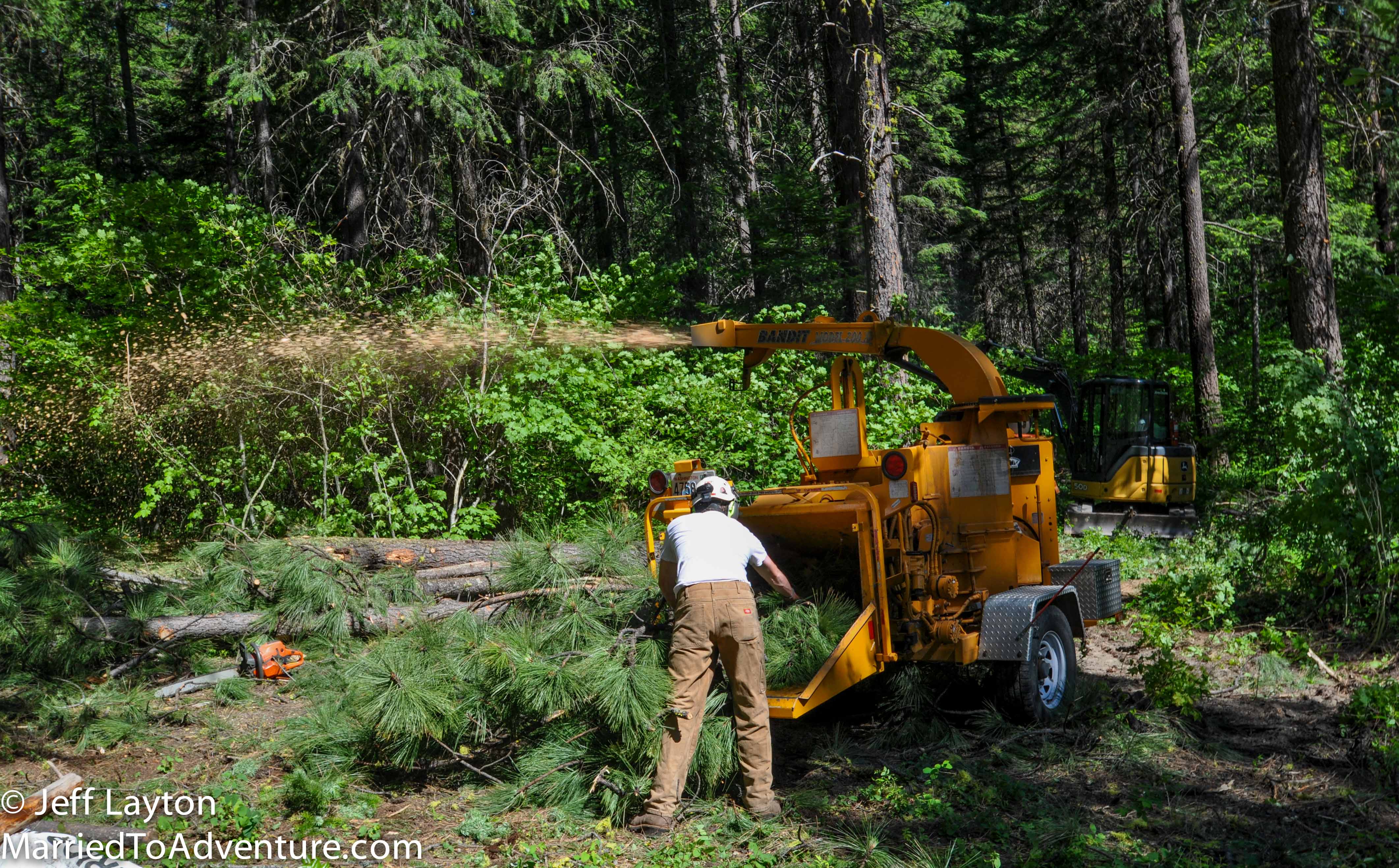
The chipper is an amazing piece of engineering – it pulverizes small trees turning them to sawdust in seconds
First Shaun cut a sliver out of the side facing the direction he wanted the tree to fall. Then he cut from the backside. If the tree rocked back and pinched his blade, he hammered in some wedges. On a few trees, the wedges did the final toppling, not the saw.
Two of our trees were leaning the wrong direction, so Shaun had to put tension on them. He climbed the trunk using a rope around his waist and spikes on his heels. He scurried about half way up the trunk and tied a line, which went through a pulley on the ground and then was tied to the excavator. As Shaun cut the tree, his assistant backed the rig, which put enough tension on the tree to make it to fall in the right place.
Once a few trees were down, they scrambled over the trunks quickly buzzing off the limbs and cutting the trunks into 17’ sections. The limbs got shredded in the chipper. When we mill the trunks later, 16’ lengths are ideal for building material, and the extra foot is to be sure you have a clean 16’ of usable board feet.
The little tank-like excavator that Shaun drove may look small but it packs a big punch grabbing huge wads of branches and lifting them to the chipper or stacking the trunks off to the side for later milling.
Tree Felling…Go!
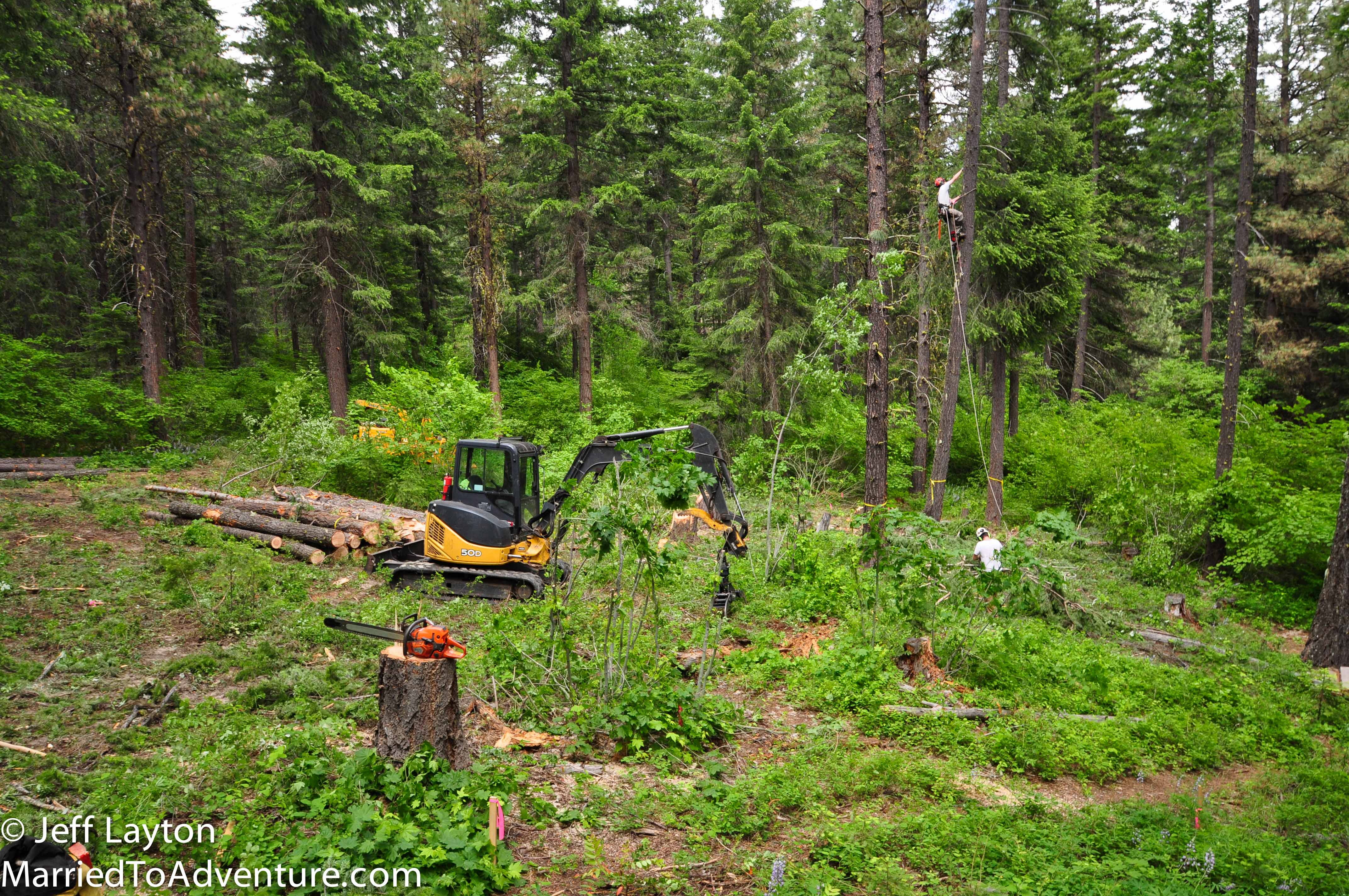
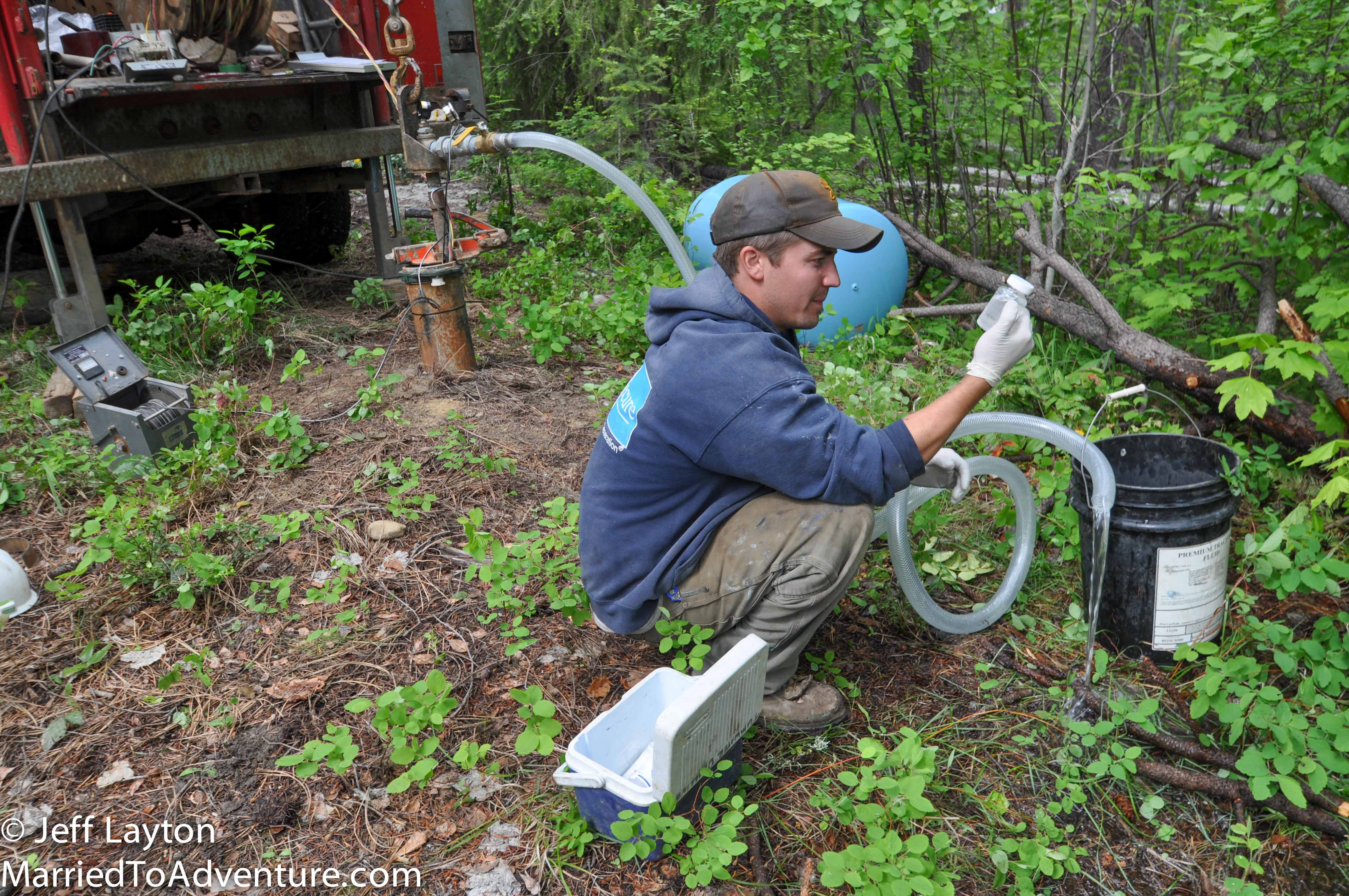
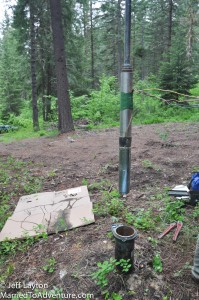
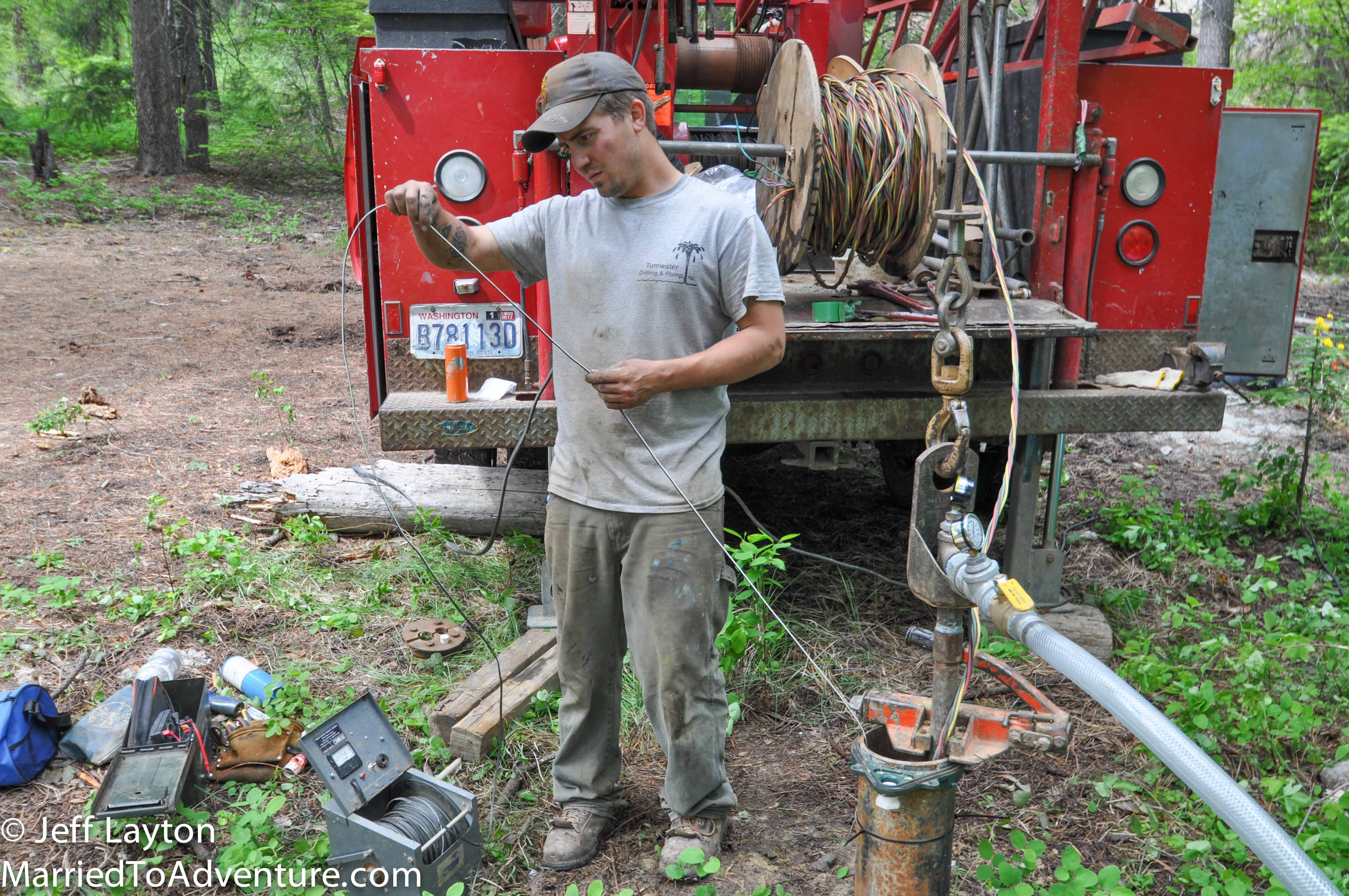

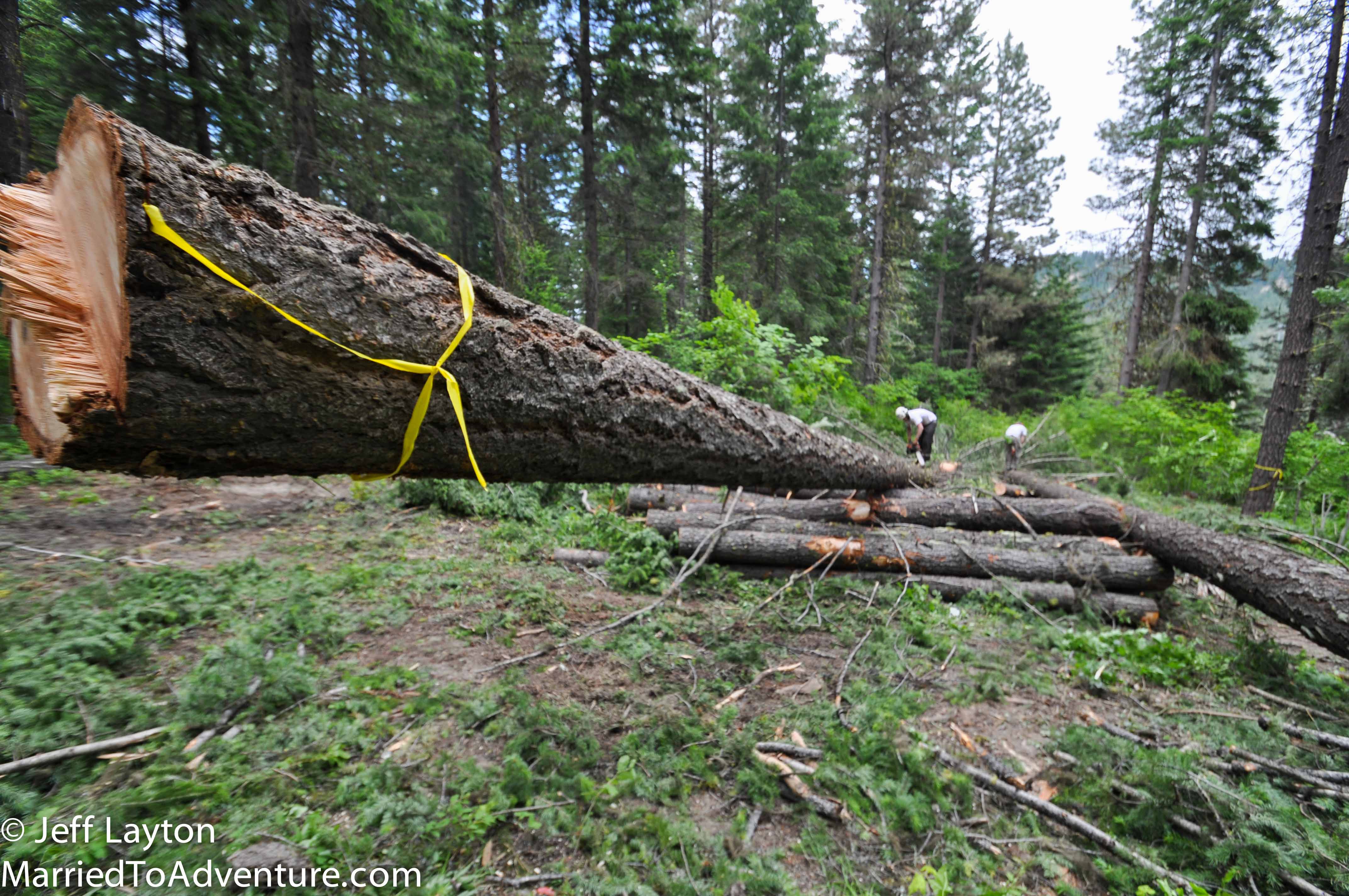
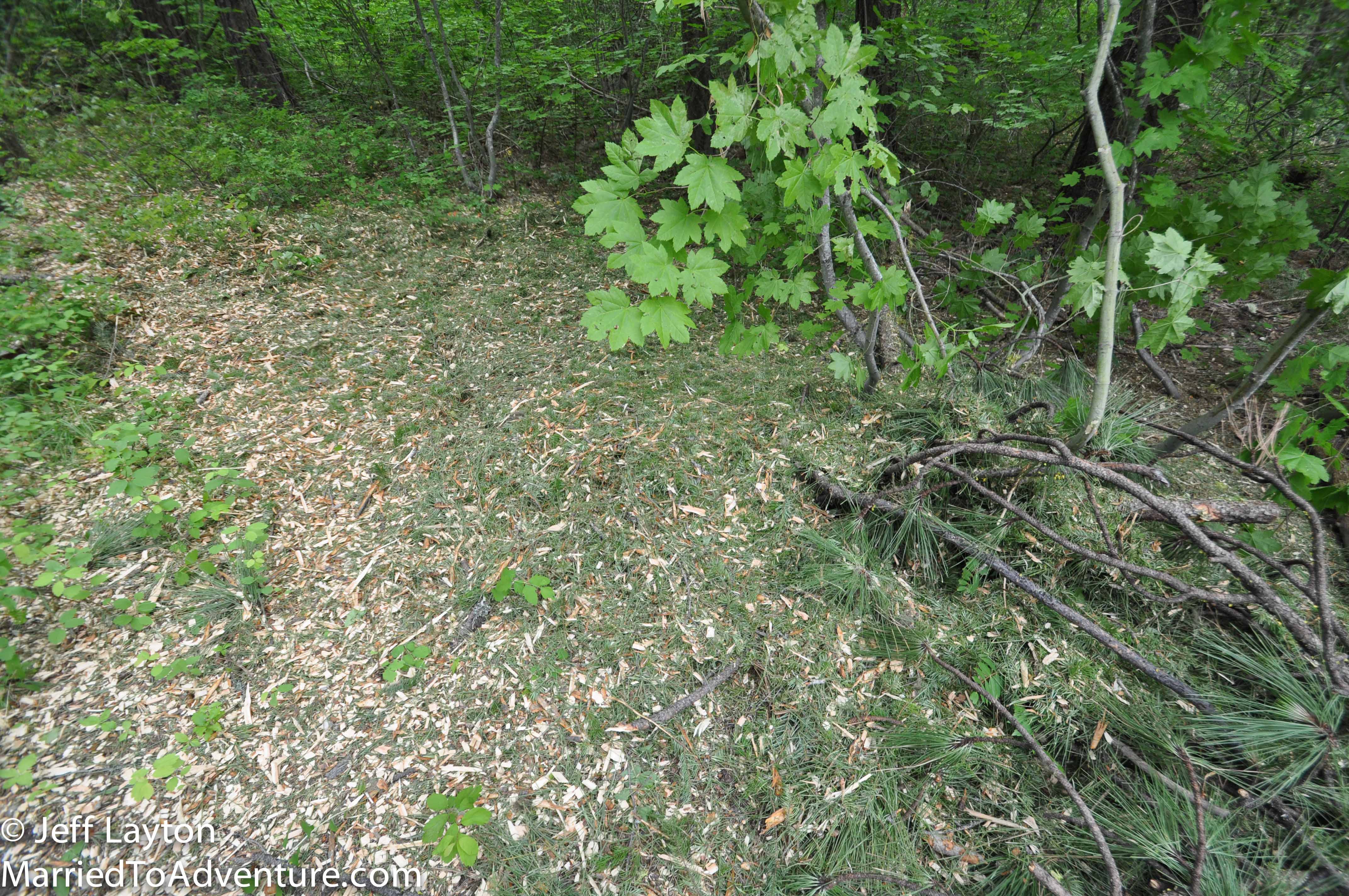
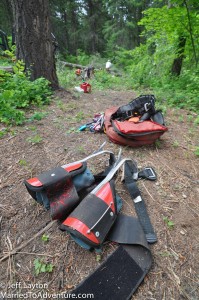
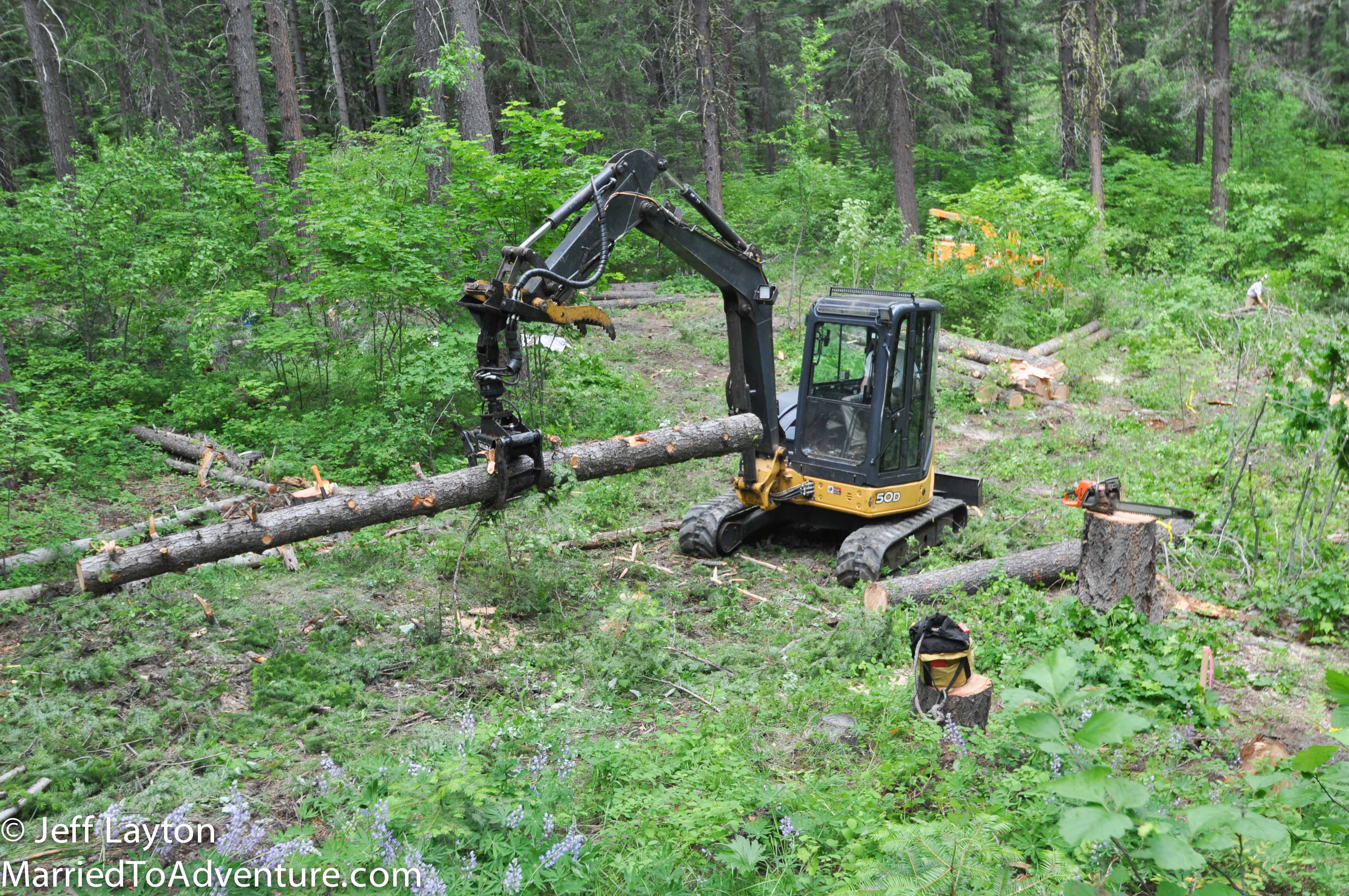

What an art there is to falling trees